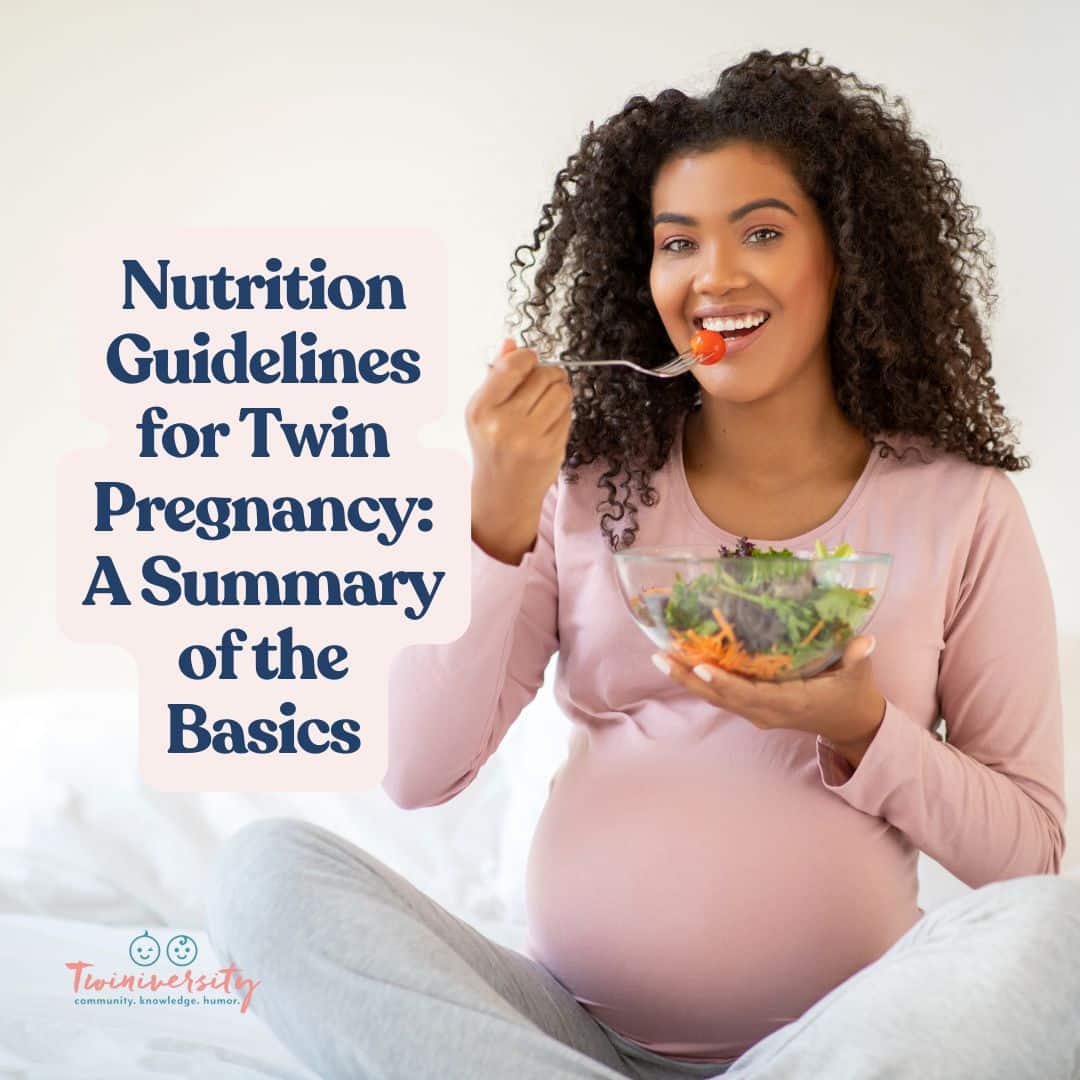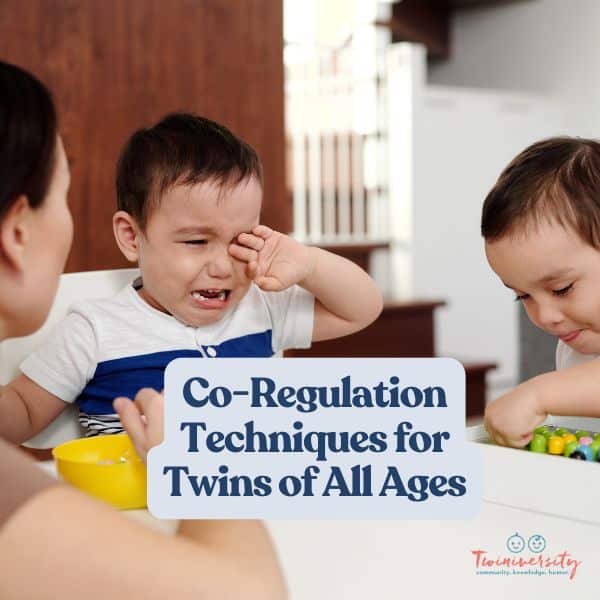Last updated on September 26th, 2023 at 01:07 pm
All content on this website, including medical opinions and any other health-related information, is for informational purposes only and should not be considered to be a specific diagnosis or treatment plan for any individual situation. Use of this site and the information contained herein does not create a doctor-patient relationship. Always seek the direct advice of your own doctor in connection with any questions or issues you may have regarding your own health or the health of others.
Skin-to-skin has been recommended for newborns and parents for what seems like forever. But recently, The World Health Organization has recognized the many benefits it has for preemies. Read all about Kangaroo Mothers Care recommendations below.

Benefits of Kangaroo Care
Kangaroo care is becoming increasingly popular in hospitals and neonatal intensive care units (NICU) as a way to support the health and well-being of both parent and baby. It is an important practice for parents and caregivers to use to provide their newborns with the best possible care.
KCM Benefits for infants:
- New moms will make more milk and perhaps have an easier time breastfeeding.
- Some studies show that immediate KMC after delivery decreases postpartum complications
- The NIH found KMC helps reduce the incidence of postpartum mood disorders.
- Reduces stress levels in both the parent and baby
- Provides an important bonding opportunity
- Regulates body temperature
- Faster weight gain in babies
- Stronger immune systems
- Creates a secure attachment between parents and their baby
- Improves sleep patterns
- Reduces separation anxiety
- Decreased risk of infection for preterm infants

Stressing out with your infant twins? Let us help! Learn what to expect in the first year with twins, including tips, tricks, and advice from real twin parents who have been there. Click here to learn more… and while you’re at it, check out our twin parent coaching services and Twiniversity shop!
KMC Benefits for Parents
Kangaroo care is not just beneficial for infants, but can also provide a range of benefits to the parents.
- Improve mood
- Build trust between parent and baby
- Bonding opportunity with their newborn
- Encourages relaxation
- Your baby(ies) will cry less and experience less stress
- Improved overall physical and mental health
The benefits of kangaroo care listed above have all been demonstrated in research studies. In fact, studies have found that by holding your baby skin-to-skin, it can stabilize the heart and respiratory (breathing) rates, improve oxygen saturation rates, better regulate an infant’s body temperature and conserve a baby’s calories.
When a mother is practicing kangaroo care, her infant typically snuggles into her breasts and falls asleep within minutes. The breasts themselves have been shown to change in temperature to match your baby’s temperature needs. In other words, your breasts can increase in temperature when your baby’s body is cool and can decrease in temperature when the baby is warm.
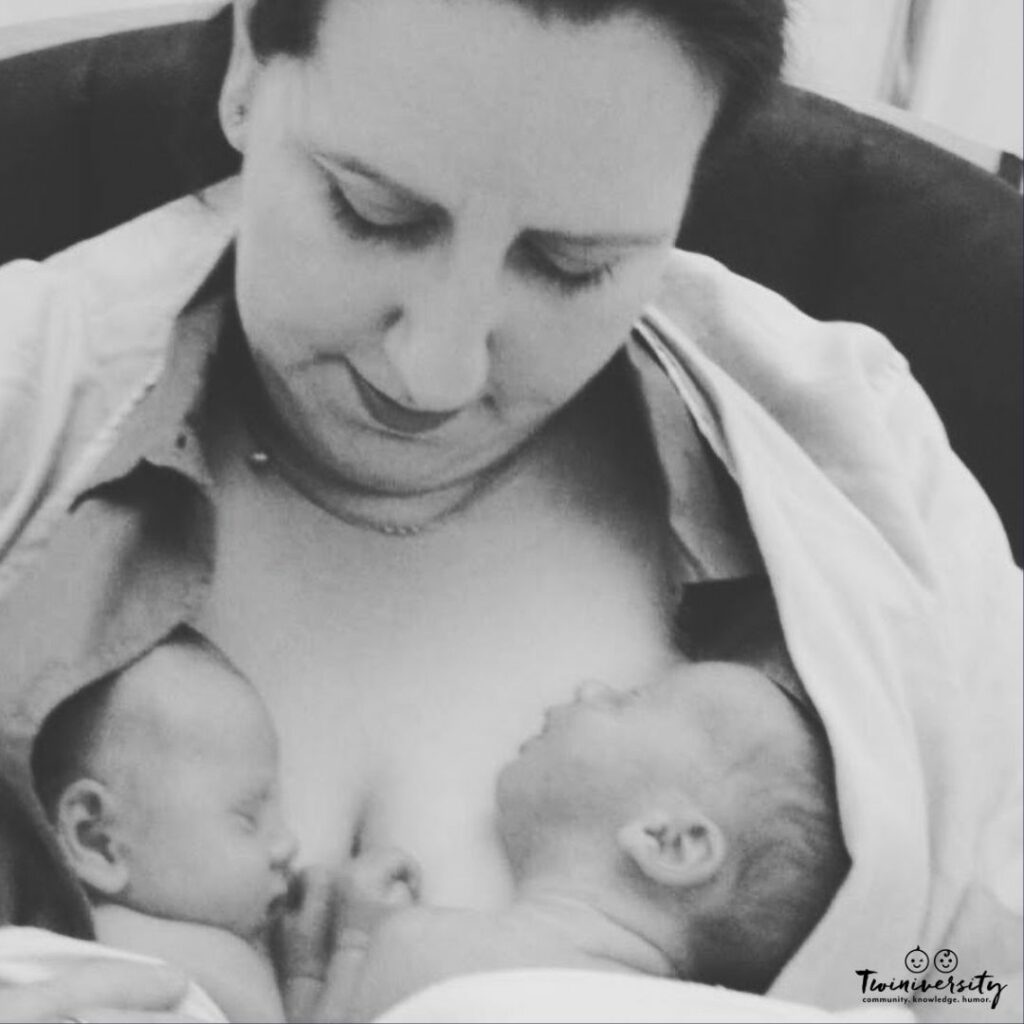
The extra sleep that your infant gets while snuggling with mom and the assistance in regulating body temperature helps your baby conserve energy and redirect calorie expenditures (use) toward growth and weight gain. Being positioned on mom also helps to stabilize your infant’s respiratory and heart rates. Research has also shown that practicing kangaroo care can have a positive impact on your baby’s brain development.
The new Kangaroo Mothers Care (KMC) recommendations.
The World Health Organization (WHO) recently launched new guidelines to improve health outcomes for babies born before 37 weeks of pregnancy and/or under 5.51lbs. at birth. The guidelines advise that skin-to-skin contact with a caregiver, ideally the mom, (known as kangaroo mother care) should start immediately after birth, without any initial period in an incubator. This is a significant change from the earlier clinical practice of waiting until the new infant was stabilized before offering skin-to-skin.
The World Health Organization (WHO) has endorsed Kangaroo Care as an effective way to improve the health of mothers and their infants worldwide. But is now recommending KMC for the care of preterm or low-birth-weight infants. Studies have shown that KMC is an effective method of improving the health and well-being of preterm infants and lowering mortality rates in this group as well.

Need some baby safety training? Take the Twiniversity Complete Baby Safety course, offered on-demand. Includes video modules on infant, toddler, and child CPR, first aid, and common medical ailments, plus car seat installation and safety and childproofing your home. Click here to learn more!
What is Kangaroo Care (KMC)?
Kangaroo Care, or KMC (Kangaroo Mother Care), is a newborn care method where your newborn infant(s) is placed directly on the caregiver or mother’s unclothed chest just moments after birth. The parent then embraces the baby, providing warmth and emotional support, while keeping them in close contact directly on their warm skin.
Although recommended for all babies after birth, KMC is especially beneficial for premature babies. If any of you have been in the NICU, you’ll see that is was often encouraged, since it helps regulate your twins body temperatures and provides an amazing amount of support.

A recent study by The New England Journal of Medicine Studies has shown that babies who receive KMC directly after birth will gain weight faster, have fewer infections, and spend less time in the hospital than babies who don’t receive Kangaroo Care. Additionally, mothers who practice Kangaroo Care report feeling more emotionally connected to their infants. Now that’s a real win/win!
Does Kangaroo Care involve only the mother?
Kangaroo Care is the practice of holding your undressed baby (diaper on please! No accidents needed here.) against your bare chest in order to maintain body temperature, regulate breathing, and provide psychlogical support. However, while Kangaroo Care is most commonly associated with mothers, it can also be practiced by fathers, grandparents and other caregivers whom the parents feel comfortable with.
We especially encourage dads to participate in Kangaroo Care since it provides the same benefits to the newborn infant, but also will give a new dad an extraordinary bonding experience.
This act of bonding will help a new papa bear build their self confidence as well as a feeling of protectiveness toward his baby. Plus, the different feel of the dad’s body will provide a different sensation for the baby.

What to wear (or not to wear) during KMC?
During Kangaroo Care, your baby should be dressed in a hat and diaper only, and parents should be in a loose-fitting open shirt. Your baby’s head should be kept above the parent’s heart. Mothers should remove their bra and dads should be bare-chested when possible. A nurse can help you position your baby on your chest. Once your infant is comfortable and secure, cover them with a blanket, then button or zip your shirt to mimic the way kangaroos provide warmth and security to babies.
How to do Kangaroo Care
KMC recommends that mothers should begin Kangaroo Care as soon as possible after birth. During the first hour, babies should be placed on their mother’s chest for at least one hour, with the mother’s arms wrapped around them. A few basic tips for getting started with kangaroo care include:
- Remove your bra and wear a shirt that opens in the front. You can also use a hospital gown that opens in the front for kangaroo care.
- Place the baby, who should be wearing a diaper and hat only, on your bare chest. Your baby will be in an upright position, with his or her chest against your chest.
- Once you’re settled, drape a blanket, shirt or hospital gown over your baby’s back. Keep your baby warm and comfortable while snuggled against your chest.
- Just relax and hold your baby. Breathe normally, speak softly, and gently touch your infant. This can help promote bonding and secure attachment between baby and parent.
- Let your baby rest. This is a great time to let your baby rest and relax on you. Allow your baby to snuggle in and fall asleep during the session.
- As long as your baby is comfortable, you can do Kangaroo care as long as you want. Many parents choose to keep their baby against their chest for several hours at a time.
After this initial period of skin-to-skin contact, mothers can continue to practice Kangaroo Care throughout their baby’s early life. The WHO advises that mothers should perform Kangaroo Care for at least one hour per day for at least the first six months of their baby’s life.
Kangaroo Care when your baby has a medical issue
In some cases, however, babies may require medical interventions such as breathing tubes or other equipment that can make skin-to-skin contact challenging. In these situations, it is important to work with healthcare providers to find ways to facilitate kangaroo care while still providing necessary medical treatment.
One option is to use a binder or wrap to help keep the baby in contact with the parent’s chest, while also allowing for access to medical equipment. Additionally, healthcare providers can work with parents to find the most comfortable and safe position for both the baby and parent during skin-to-skin contact. Other arrangements can also make the baby and mother more comfortable, e.g. reclining beds and chairs.
It is important to remember that even if your baby requires medical intervention, kangaroo care can still be beneficial and should be encouraged whenever possible. Studies have shown that even short periods of skin-to-skin contact can have positive effects on a premature or sick newborn’s health and development.
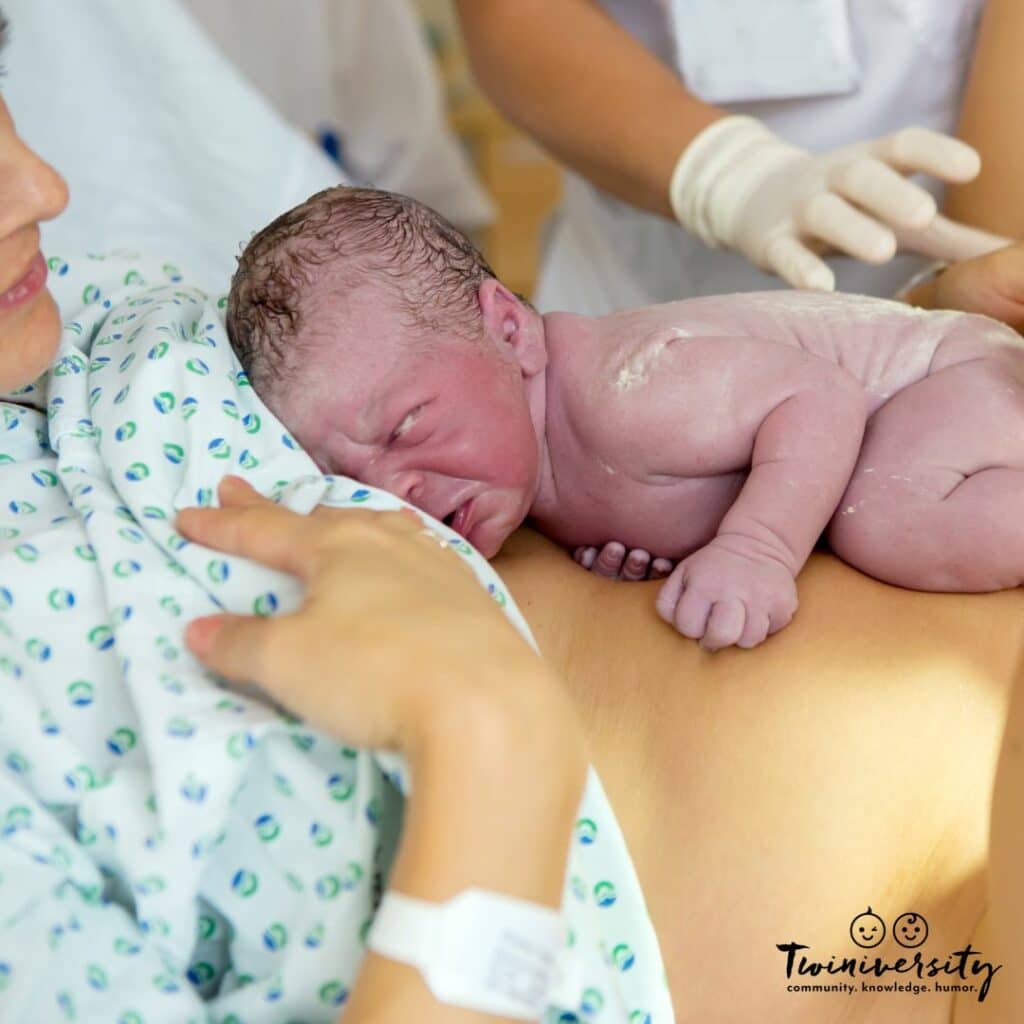
By working with your healthcare providers and using supportive equipment and positions, skin-to-skin is still possible.
KMC in the OR after a C-section
After a cesarean birth, in most cases, you will still be able to hold your baby soon after birth. However, discuss this with your healthcare provider ahead of time, and include your preference for skin-to-skin contact in your birth plan.
In case of complications, or if your hospital doesn’t allow contact in the operating room, you will be able to hold your baby in the recovery room.
Get dad involved and have him do skin-to-skin with your baby while you are being stitched up.
Twiniversity tip: Try The Aegis Wrap for skin-to-skin after a c-section. This is the ONLY FDA-cleared baby-wearing device for skin-to-skin in the operating room.
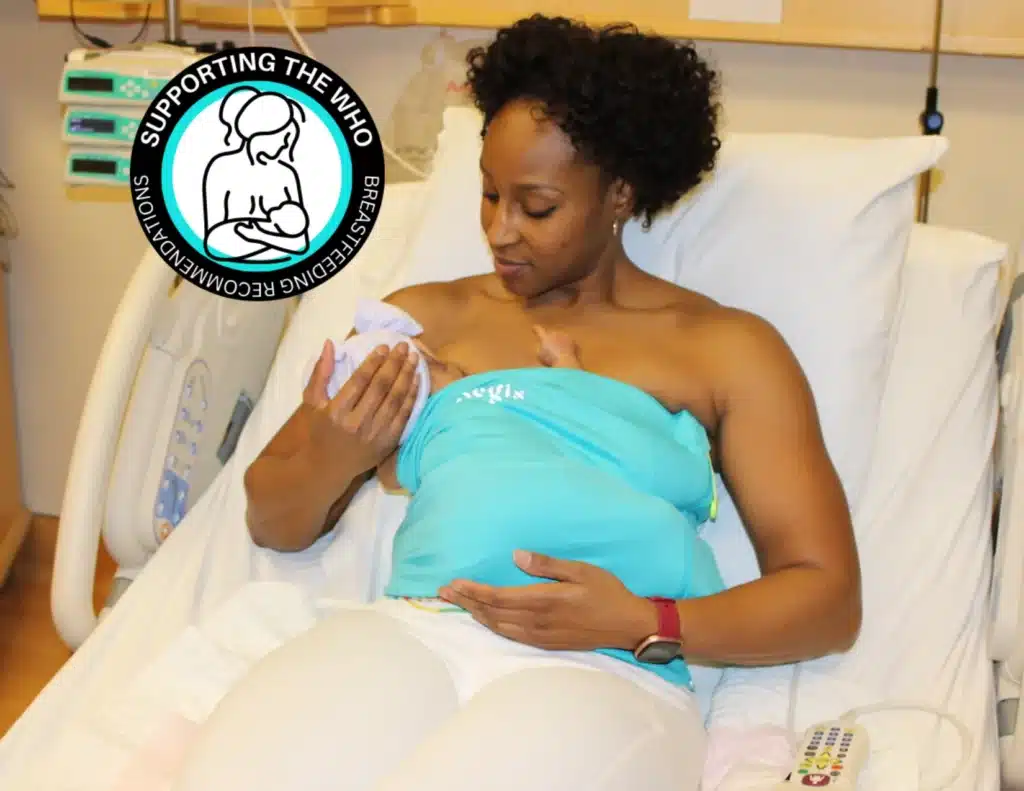
How did kangaroo care come about?
Kangaroo care originated in Colombia in the 1970s. Dr. Edgar Rey Sanabria created this type of care in response to the high death rate in preterm babies. The death rate for premature infants was approximately 70% at that time. The babies were dying of infections, respiratory problems, and simply due to a lack of attention. Dr. Rey Sanabria found Kangaroo Care had numerous benefits for both the mother and the baby. including improved bonding and breastfeeding success rates, reduced stress levels, and faster weight gain for premature babies. Babies weren’t just surviving, they were thriving. Since then, kangaroo care has become a widely accepted practice in neonatal care around the world.
What not to do while practicing kangaroo care?
Kangaroo care is considered safe and beneficial, however, there are a few things you should avoid while doing it.
Firstly, parents should avoid smoking or being around smokers while practicing kangaroo care. Secondhand smoke can be harmful to the baby’s developing lungs and can increase the risk of respiratory infections. Parents should also avoid drinking alcohol or using drugs while practicing kangaroo care. These substances can impair their ability to safely hold and care for their baby.
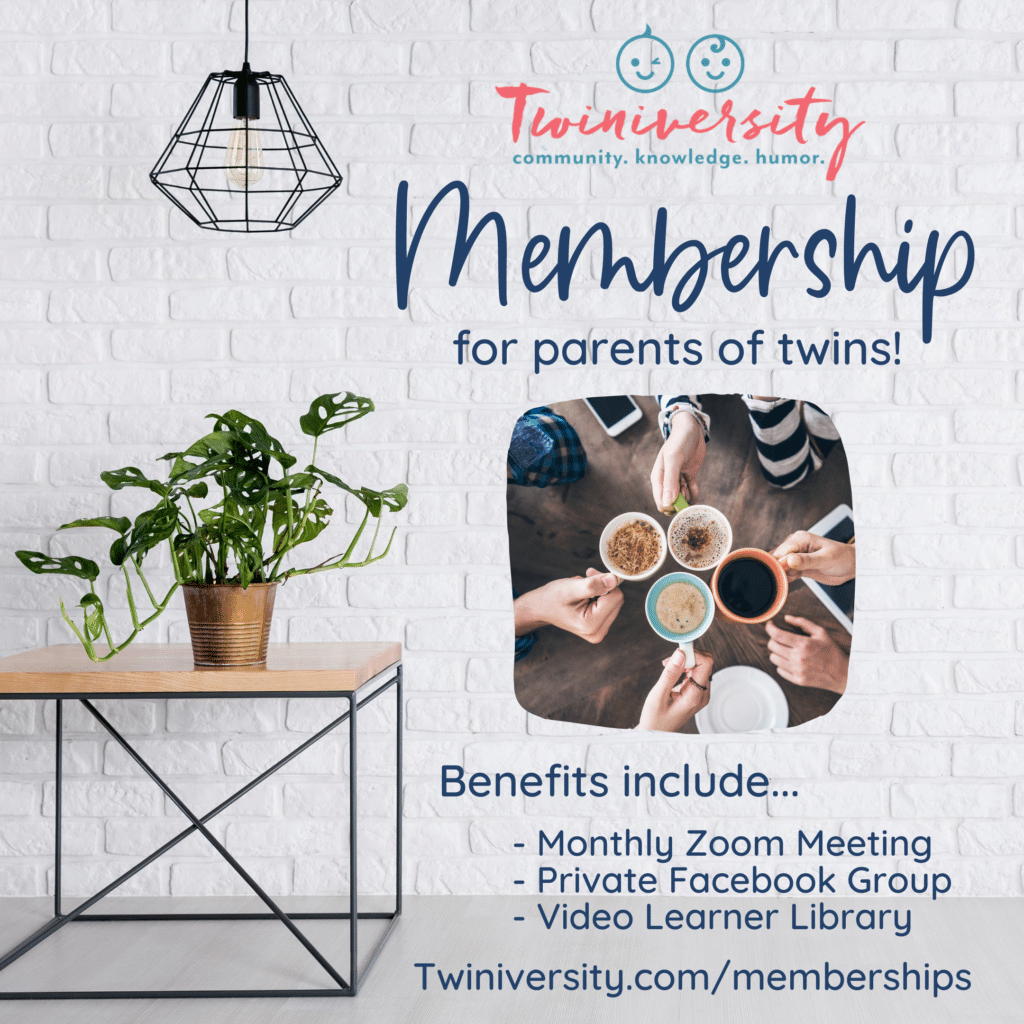
Need some twin parent friends? Get the support you need with a Twiniversity Membership. Benefits include a monthly twin parent club meeting on Zoom, access to a private Facebook group just for twin parents, and a video library of twin parenting lessons. Visit Twiniversity.com/membership to join today!
It is also important for parents to ensure that they are comfortable and in a safe position while practicing kangaroo care. They should not fall asleep with the baby on their chest, as this can increase the risk of suffocation or accidental dropping of the baby. Parents should practice kangaroo care with supervision and in a comfortable chair or bed where they can support the baby’s head and neck.
Kangaroo Care is a simple and effective way to improve the health and well-being of preterm infants, as well as full-term infants. The World Health Organization recommends it and it is a safe and easy technique for parents to use. Be sure to discuss your wants and needs with your healthcare providers to help facilitate the birthing environment you want.
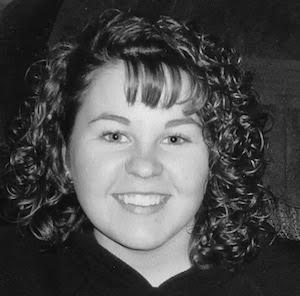
Twiniversity Staff Writer


